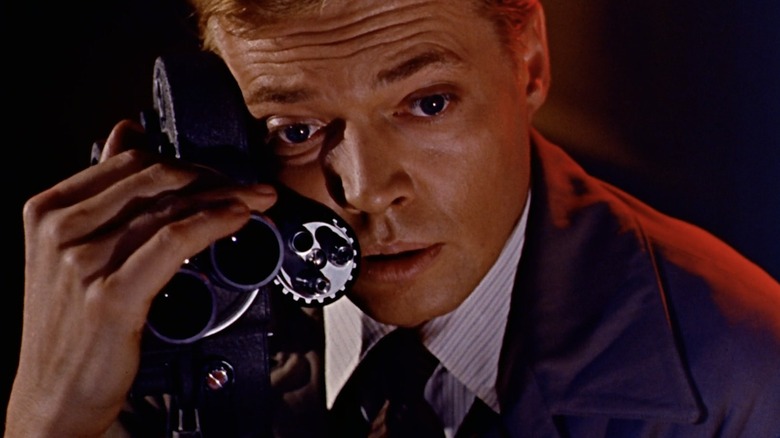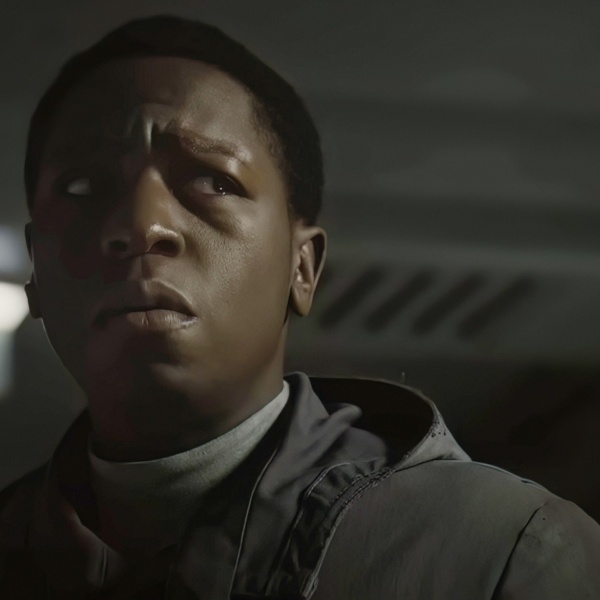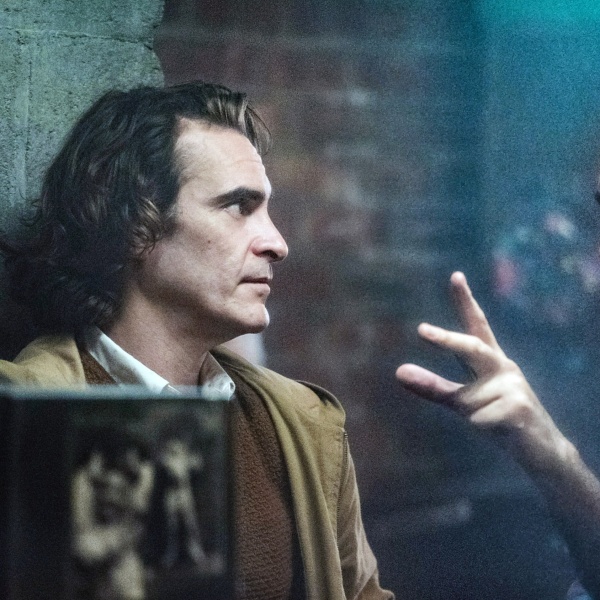When Michael Powell made “Peeping Tom” in 1960, the reaction was swift and harsh: Critics who had celebrated the British auteur for lush spectacles like “The Red Shoes,” “Black Narcissus,” and “Tales of Hoffman” were appalled to see him wallowing in the sordid story of a young cameraman who killed women and filmed their murders. While Alfred Hitchcock‘s similarly transgressive “Psycho” brought him to a new level of success that same year, Powell’s deeply disturbing and personal film sent him into the wilderness; he worked only intermittently afterward and never with the same level of resources and support that he had once enjoyed.
Thankfully, Powell lived long enough to see “Peeping Tom” reclaimed by the next generation of great directors. Martin Scorsese, whose passion for Powell and his filmmaking partner Emeric Pressburger has been lifelong and well documented (it’s currently on display in the documentary “Made in England,” a movie about Powell and Pressburger narrated by Scorsese), helped fund an American theatrical release and presentation at the New York Film Festival in 1979, and since then “Peeping Tom” has been properly exalted as a masterpiece. Its influence on Scorsese and his peers has been immense and obvious — Brian De Palma’s “Raising Cain,” for example, is unthinkable without it.
Now, “Peeping Tom” looks and sounds the best it has since its initial theatrical release, once again thanks to Scorsese, whose Film Foundation partnered with the British Film Institute and StudioCanal to produce a new restoration. The restoration’s release was timed to a season of Powell and Pressburger films presented theatrically in England last year (a series that travels to MoMA this summer), but now it is available for everyone to enjoy via an exquisite new Criterion edition available on 4K UHD and Blu-ray. (It’s also currently streaming on the Criterion Channel.) Criterion had released “Peeping Tom” before on Laserdisc and DVD, but this new presentation represents an astonishing upgrade: the clarity, depth, contrast, and vibrancy of color are a reminder of just what a cinematic magician Michael Powell truly was.
The original negative was scanned at 4K resolution at Silver Salt in London and then sent to Cineric, a New York facility that the Film Foundation often uses for its restorations. Using a blend of automated and manual processes, Cineric removed dirt and scratches from the film before focusing on image stabilization and the removal of flicker, gate hairs, and overall jitter. The lab’s technicians also smoothed out previously jarring optical transitions and graded the film under the supervision of Powell’s widow (and Scorsese’s editor), Thelma Schoonmaker, who ensured that Powell’s original intentions would be fully realized. The sound was restored at Molinare in London, where a painstaking removal of distortions, pops, and clicks took place as three different optical tracks from the film were fed into ProTools to create the optimal soundtrack.
The end result is a revelation, even for those of us who have become intimately familiar with “Peeping Tom” over the years. While the subject matter is grim, the execution is anything but; Powell’s love of filmmaking is more obvious here than in any previous home video release of “Peeping Tom,” as his vivid colors and atmospheric lighting prove as gorgeous as in his earlier Technicolor fantasies. The dynamism of his sound design, which is sparse yet expressive — and which uses sudden jolts of sound to terrifying effect — is equally impressive. For fans of Powell and “Peeping Tom,” the Criterion release is one of the most welcome and important home video events of the year; for those who haven’t seen the movie, it’s the greatest opportunity for cinematic discovery so far this year.






